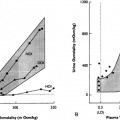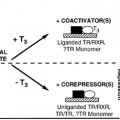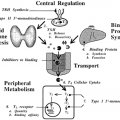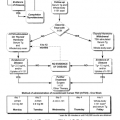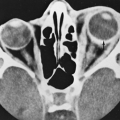GONADOTROPIN DEFICIENCY IN WOMEN
Part of “CHAPTER 17 – HYPOPITUITARISM“
Disrupted menstrual function, a very early manifestation of gonadotropin deficiency, often prompts premenopausal women to seek medical attention earlier in the course of hypogonadism than do men.
SYMPTOMS
In women with secondary hypogonadism, menstrual dysfunction that manifests as dysfunctional uterine bleeding, oligomenorrhea, amenorrhea, or infertility is common. Diminished libido may occur. With persistence of hypogonadism, atrophy of breast tissue and of the vagina and labia may be noted. The latter may lead to dyspareunia. If prolactin is increased, galactorrhea may result. With Sheehan syndrome, failure to lactate postpartum may be noted. Hypogonadism with onset before or during puberty may result in delayed puberty; reports of lack of development of secondary sexual characteristics, including delayed menarche, and concerns about social acceptance may be present.
Stay updated, free articles. Join our Telegram channel

Full access? Get Clinical Tree


